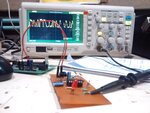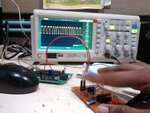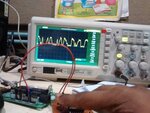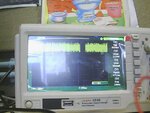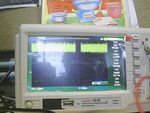ismbn
Full Member level 3
- Joined
- Feb 11, 2012
- Messages
- 160
- Helped
- 4
- Reputation
- 8
- Reaction score
- 4
- Trophy points
- 1,308
- Location
- Mumbai. india
- Activity points
- 2,444
Hello.
I am very new in analog world. Frankly i dont ever worked on opamp. So please help me in this.
We are working on a project like heart rate monitoring etc. There i have to detect the change in intensity of light at photo detector. Right now i am using normal red color lcd and photo detector, but i am not sure that change in intensity is detected by photo detector or not, because its responding some random way form at output.
I googled, got some design for heart rate monitoring right now using that design but the only difference is the opamp. thay are using MCP602, but here at our place the MCP602 ic is very costly and very difficulty available.
So please is there anything like that lcd and detector. also what may be the change in design.

I am very new in analog world. Frankly i dont ever worked on opamp. So please help me in this.
We are working on a project like heart rate monitoring etc. There i have to detect the change in intensity of light at photo detector. Right now i am using normal red color lcd and photo detector, but i am not sure that change in intensity is detected by photo detector or not, because its responding some random way form at output.
I googled, got some design for heart rate monitoring right now using that design but the only difference is the opamp. thay are using MCP602, but here at our place the MCP602 ic is very costly and very difficulty available.
So please is there anything like that lcd and detector. also what may be the change in design.

Last edited:
